4: Weather and Weather Forecasting
1/35
There's no tags or description
Looks like no tags are added yet.
Name | Mastery | Learn | Test | Matching | Spaced |
|---|
No study sessions yet.
36 Terms
How are weather forecasts made?
What two things are required to make a weather forecast? Who said this?
A sufficiently accurate knowledge of the state of the atmosphere at the initial time
A sufficiently accurate knowledge of the laws according to which one state of the atmosphere develops from another
Vilhelm Bjerknes (1904)
Francois Arago (1846)
He developed methods for predicting weather conditions using scientific principles and observational data.
“Whatever may be the progress of sciences, NEVER will observers who are trust-worthy, and careful of their reputation, venture to foretell the state of the weather.”
Who created the first computer-generated forecast of flow in the middle atmosphere
Charney, Fjortoft and John von Neumann (1950s)
How are observations made to determine the current state of the atmosphere?
Surface Observations:
Airports and ships → 228,333
Bouys → 2045
Upper air Observations
Radiosondes → 1104
Aircrafts → 883,563
Sattelite → >8,800,000
Which laws of physics are programmed to create a computer model of the atmosphere?
Ideal Gas Law
Mass (water) is conserved
Mass (air) is conserved
How temperature changes
How wind changes
Ideal Gas Law
A fundamental equation that describes the relationship between pressure, volume, temperature, and the number of moles of a gas, expressed as PV=nRT.

Mass (water) is conserved
A principle stating that the total mass of water remains constant in a closed system, meaning that water can neither be created nor destroyed but only changes forms.

Mass (air) is conserved
A principle stating that the total mass of air remains unchanged in a closed system, indicating that air cannot be created or destroyed but may change forms.

How temperature changes
affect gas pressure and volume in a closed system, following the Ideal Gas Law.

How wind changes
affects temperature, pressure, and moisture distribution in the atmosphere.

Explain the weather forecast process
observations of atmosphere collected from all kinds of instruments from around the world - providing the initial state
coupled with laws of physics and approximates of how we think the atmosphere works, the observations are fed into computers to produce numerical forecasts
these are then studied by a human forecaster, their quality is evaluated and the m,odel forecast is revised, enhanced and interpreted
then written in a form for the end user (us)
Why do forecasts go bad?
Imperfect knowledge about current state of atmosphere
→ data voids
→ interesting weather in between observing locations
→ instrument sensitivity and errors
→ no observations of important quantities
Imperfect computer model
→ need faster, more powerful computers for more grid points
→ need better understanding of physical processes
→ many processes are parameterized - simplification, calculates processes occuring on scales smaller than grid boxes
Chaos
→ butterfly effect
→ sensitive dependence to initial conditions
→ bifurcation
How many weeks is weather forecast limited to?
two
Describe extratropical cyclone structures
cyclones = low-pressure system
→ counterclockwise in northern hemisphere
→ clockwise in southern hemisphere
anticyclones = high-pressure system
→ clockwise in northern hemisphere
→ counterclockwise in southern hemisphere
when isobars are closely packed, winds are strong
Norwegian cyclone model
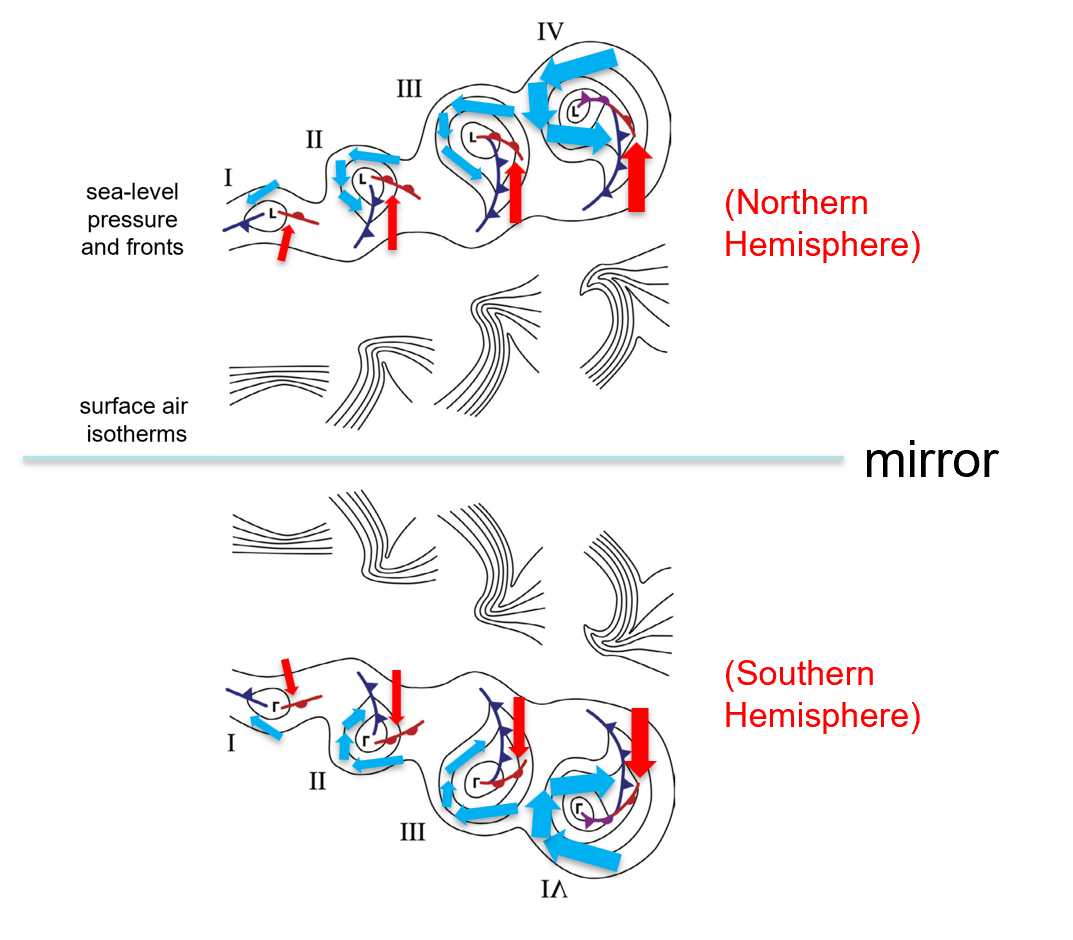
Lightning 30-30 rule
If the time between the flash and bang is 30 seconds, take shelter
wait until 30 minutes after the last stroke before going outside again
Lightning rules
no place outside is safe during thunderstorms
best shelter is in cars and frequently occupied buildings
trails within forests are only marginally safer than exposed trails
never stay on water
How does the jet stream control the weather in the midlatitudes?
The jet stream is a fast-flowing air current high in the atmosphere that influences weather patterns by steering storms and creating areas of high and low pressure. It plays a crucial role in determining temperature, precipitation, and overall weather conditions in the midlatitudes.
steers storms and systems
separates cold and warm air
causes temp and weather changes
stronger/south in winter, weaker/north in summer
What are some of the ways that the atmosphere interacts with the geosphere?
Weathering: Wind and rain break down rocks
Erosion: Wind moves soil and sand
Volcanic eruptions: Release gases into the atmosphere
Climate effects: Temperature and precipitation shape landforms
Wildfires: Atmospheric conditions influence fire spread and impact soil
What are the factors that determine the atmospheric circulation and climate on exoplanets and exomoons?
Distance from star: Affects temperature and energy received
Planetary rotation rate: Influences wind patterns and jet streams
Axial tilt: Controls seasons and climate variability
Atmospheric composition: Determines greenhouse effect and heat retention
Surface features: Oceans, mountains, or ice impact circulation
Tidal locking (common for exoplanets near stars): Can cause extreme day-night temperature differences
Internal heat sources: Volcanism or tidal heating can affect climate, especially on exomoons
Are there cyclones and anticyclones on other planets in our solar system?
Yes. Giant planets like Jupiter and Saturn have massive, long-lasting storm systems.
Example: Jupiter’s Great Red Spot is a giant anticyclone.
Cyclones have been observed on Saturn, Neptune, and Uranus, often near the poles.
These storms are driven by internal heat, fast rotation, and thick atmospheres.
Mars has smaller, short-lived cyclonic systems driven by dust and temperature differences.
What happened on 25 november 2020?
On November 25, 2020, the United Kingdom experienced a significant weather event known as Storm Benjamin, bringing heavy rainfall and strong winds across various regions.
What controls storm tracks?
Jet stream position: Main driver steering storms
Temperature gradients: Strong contrasts (e.g., between warm and cold air) fuel storm development
Earth’s rotation (Coriolis effect): Influences storm direction
Ocean currents: Affect regional temperatures and pressure patterns
Topography: Mountains and landforms can deflect or block storms
Seasonal shifts: Storm tracks move with the changing position of the jet stream
Stratus cloud
low clouds, compact/dense, can be organised in stratocumulus cloud streets (stripes), very british
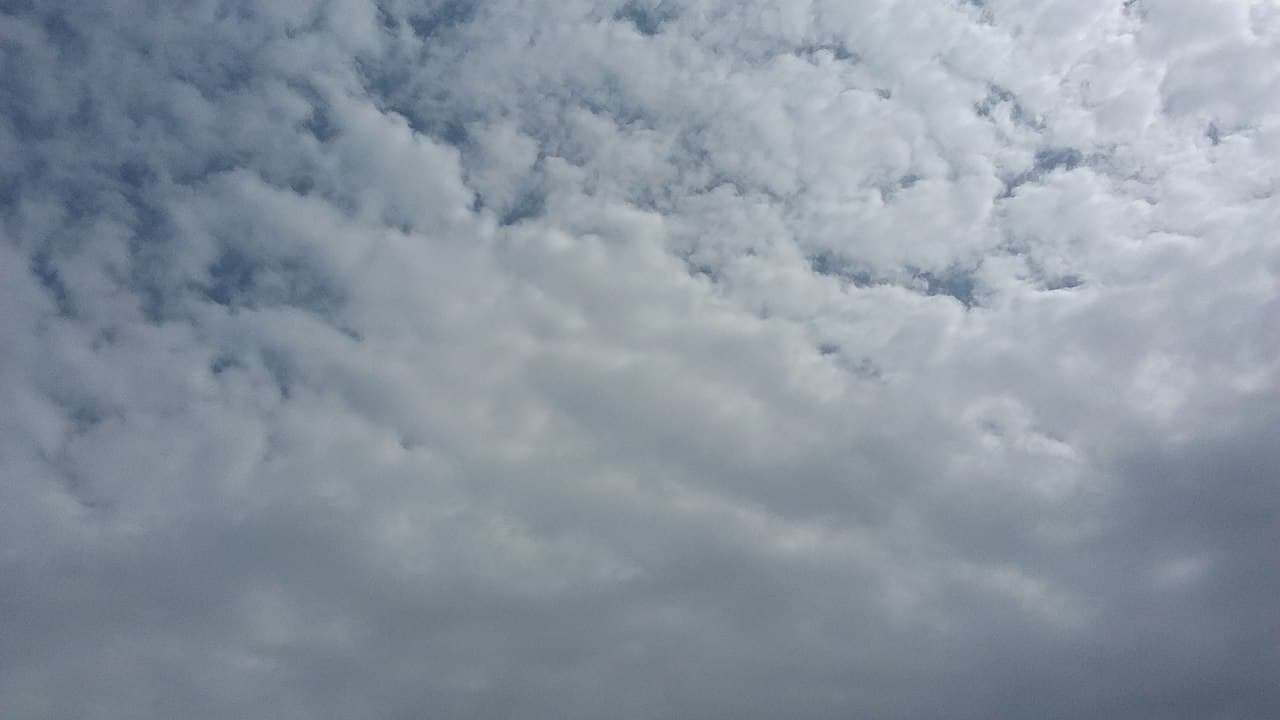
Cumulus clouds
clump together, most common, can grow quite deep
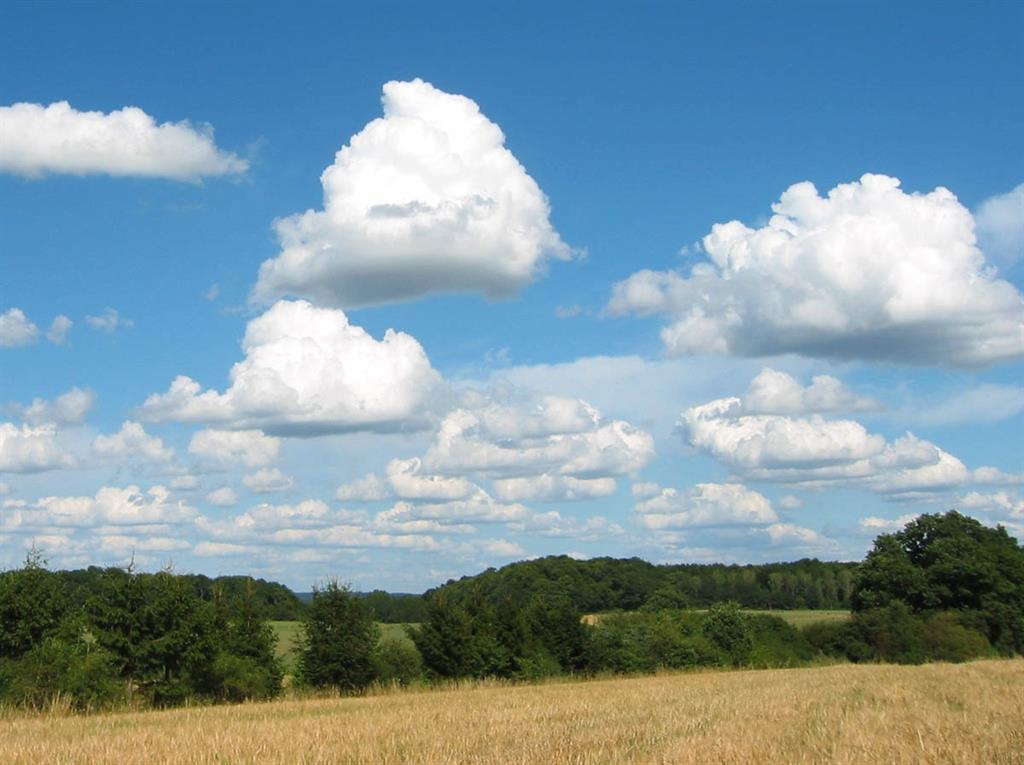
Alto cumulus clouds
flocks of sheep, bumpy, often high and in thin layers
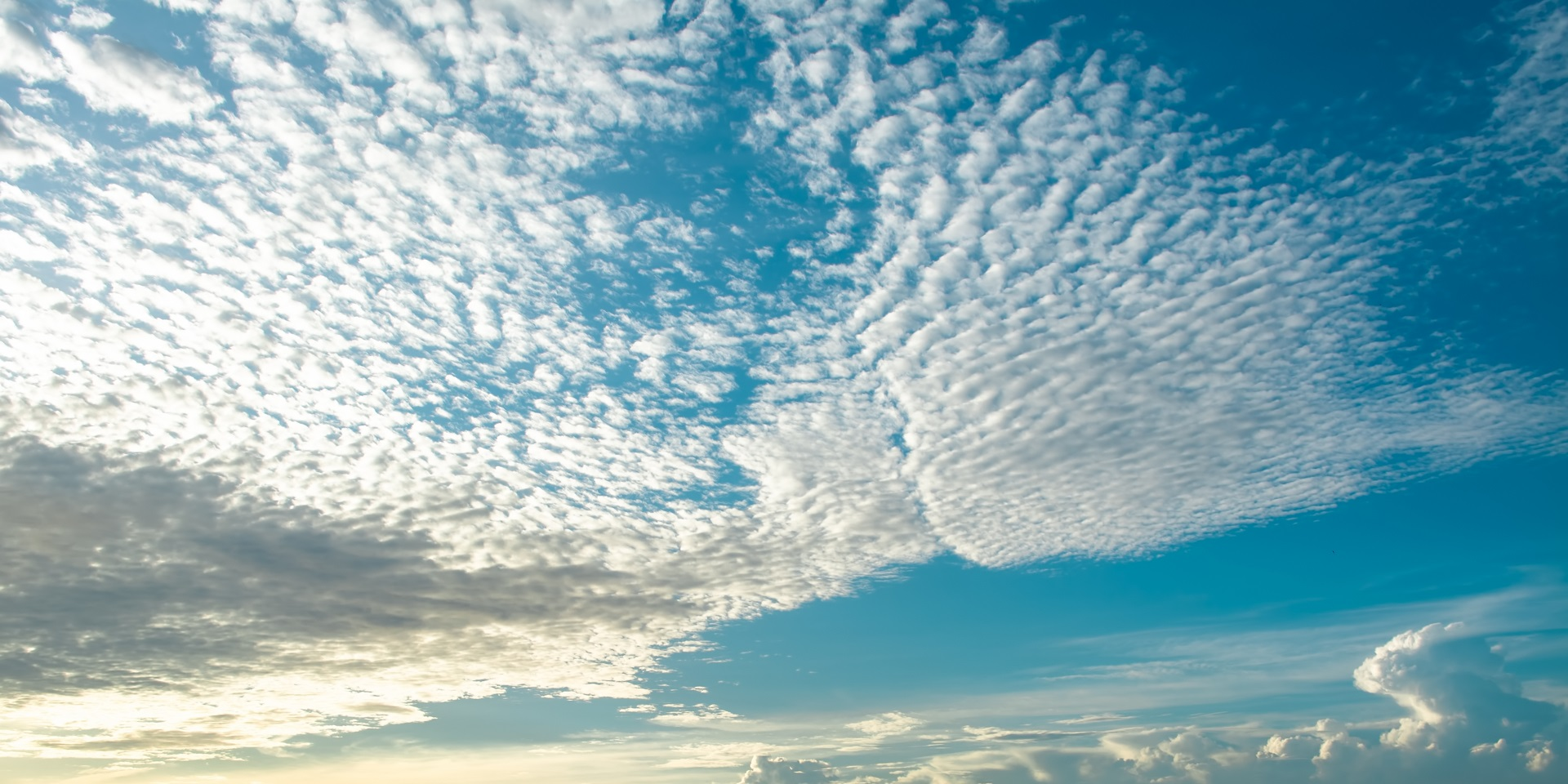
altocumulus lenticularis clouds
“lenses”, look like space ships
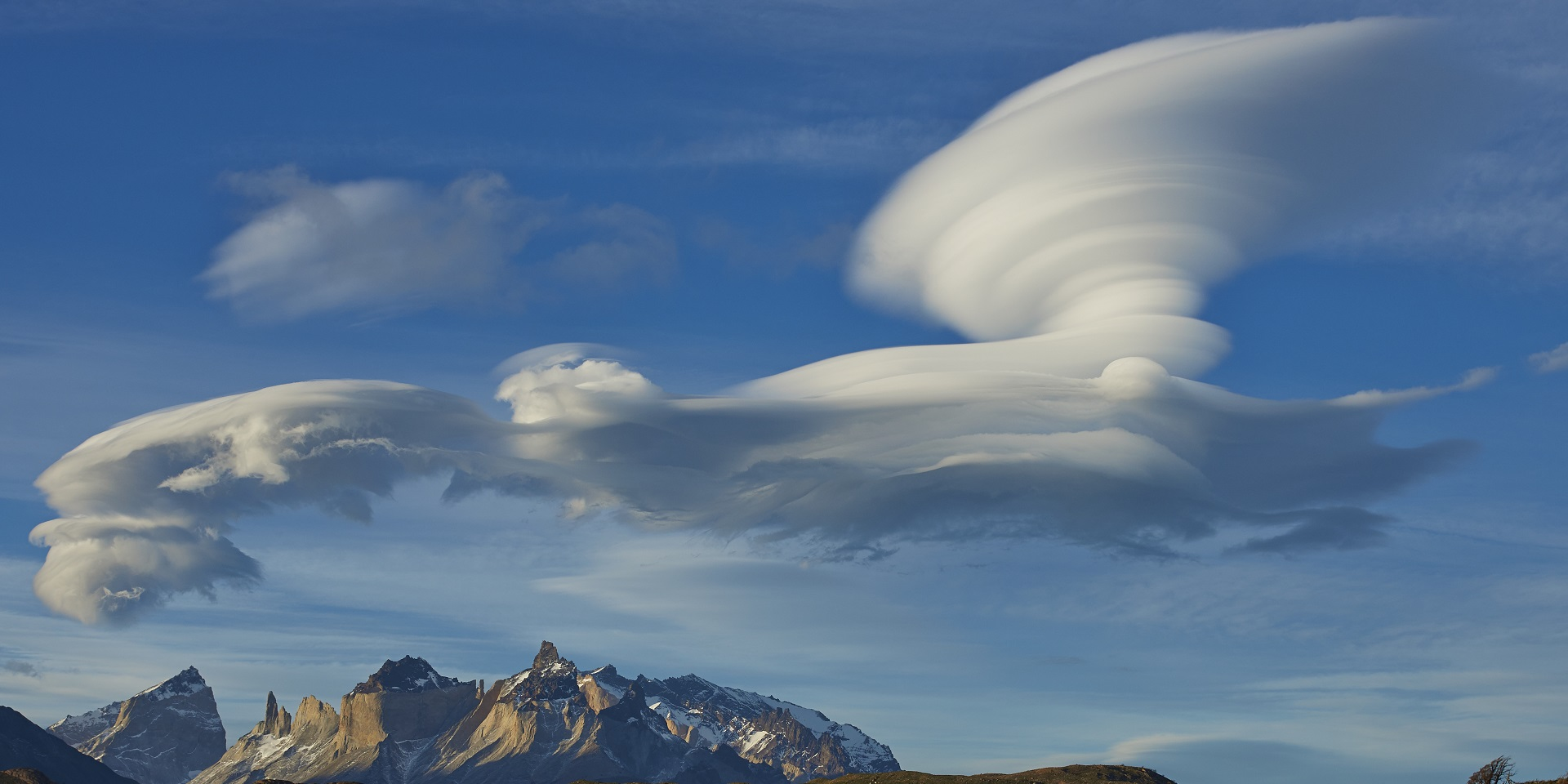
cumulonimbus clouds
mushroom/explosion look, spreads at top and can curl back under, associated with thunderstorms and severe weather
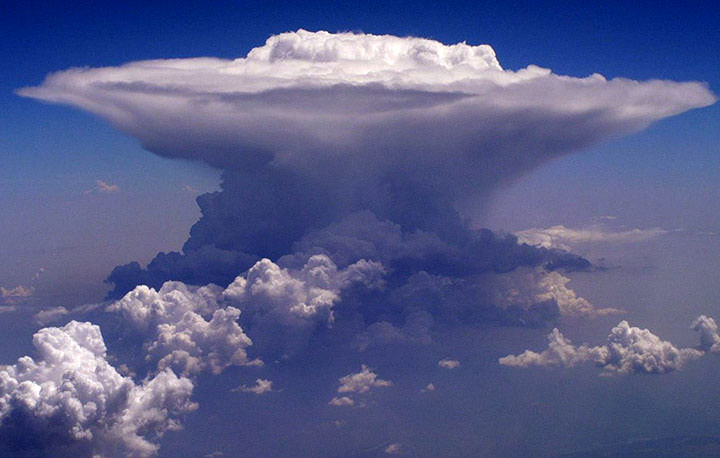
cirrus high clouds
high, wispy, icicles, whimsical, can produce halos around sun
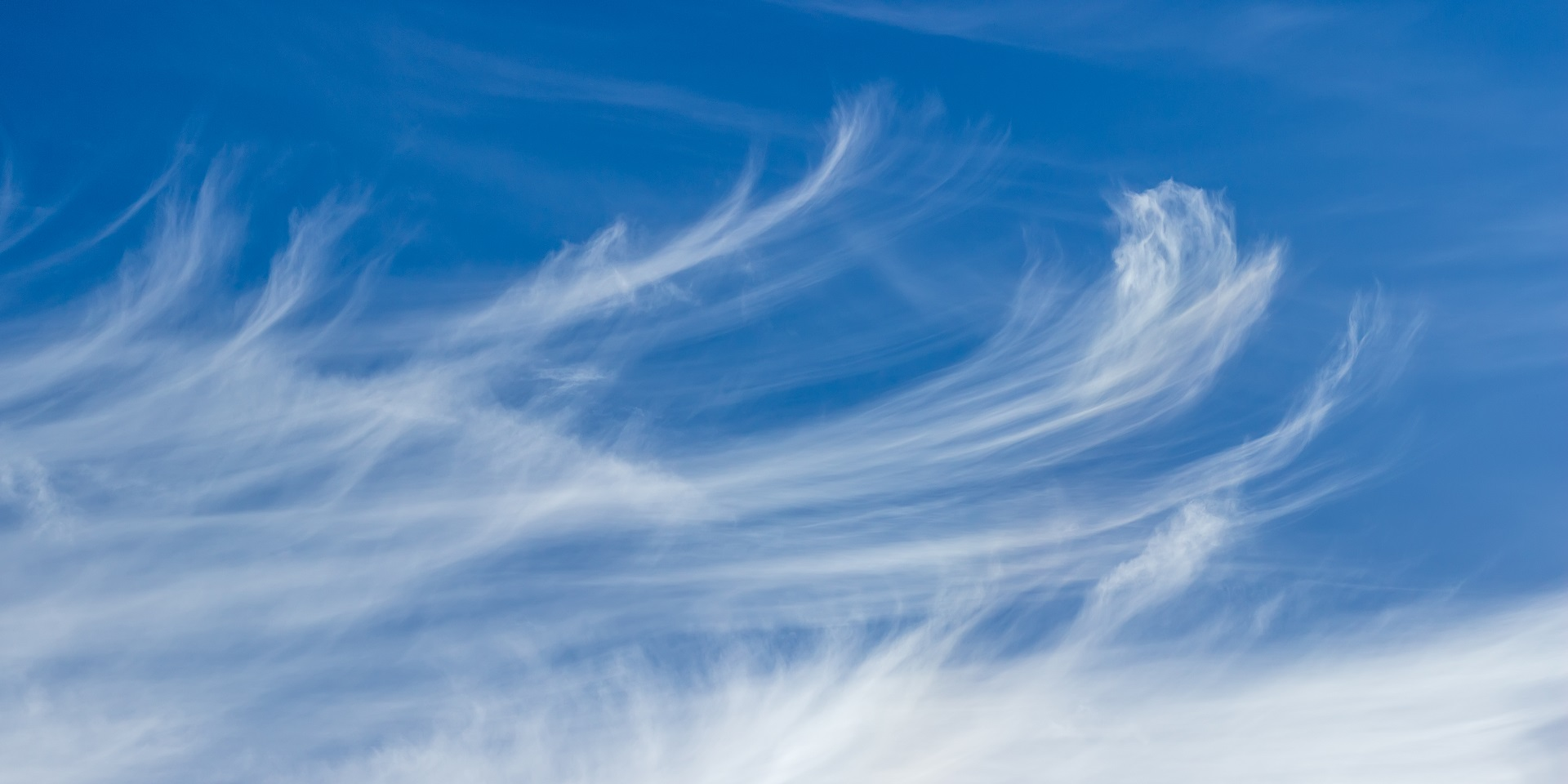
nacreous cirrus clouds
thin, wispy, very high, during sunset
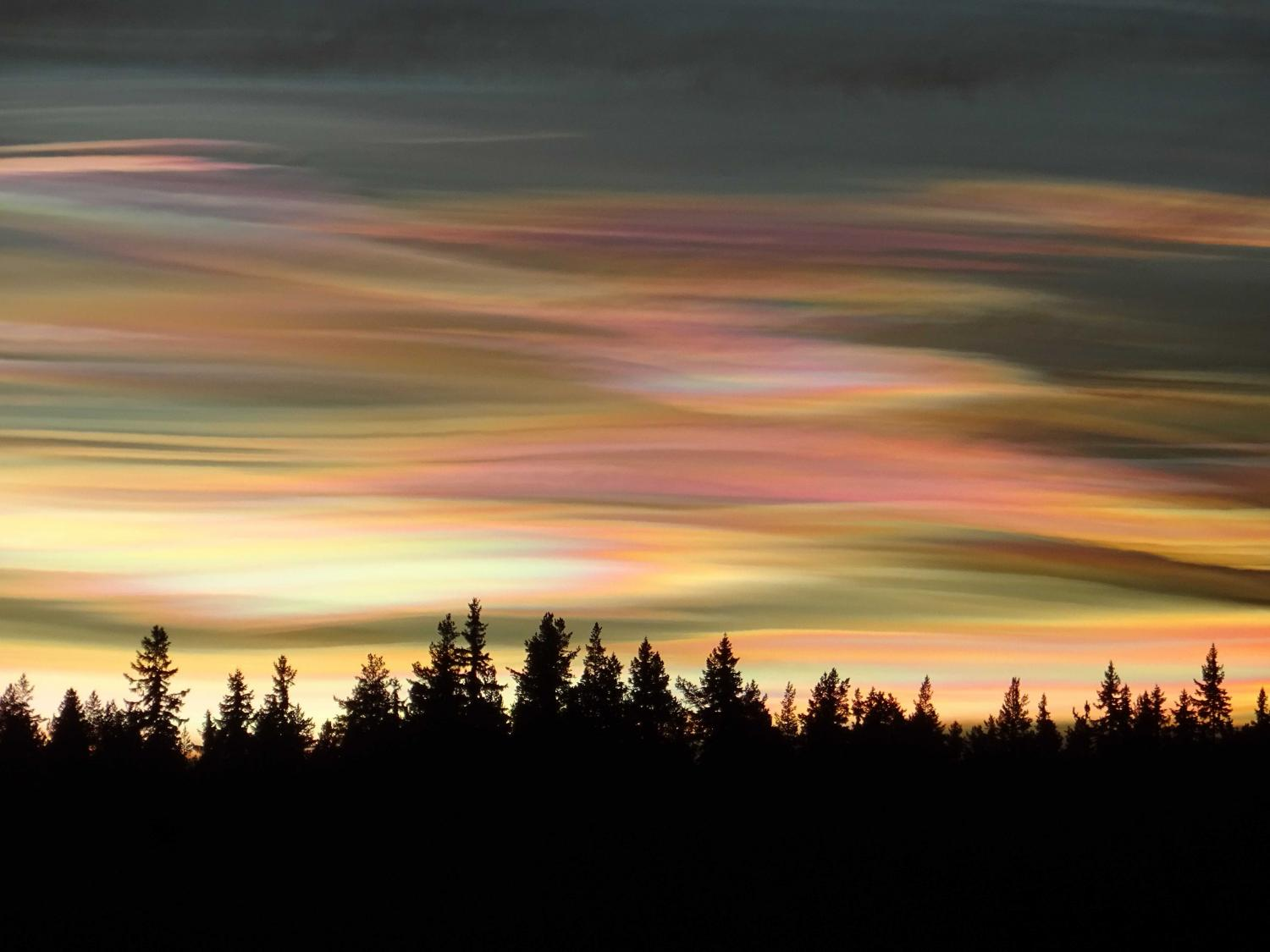
noctilucent cirrus clouds
mesospheric (75-85km), after sunset
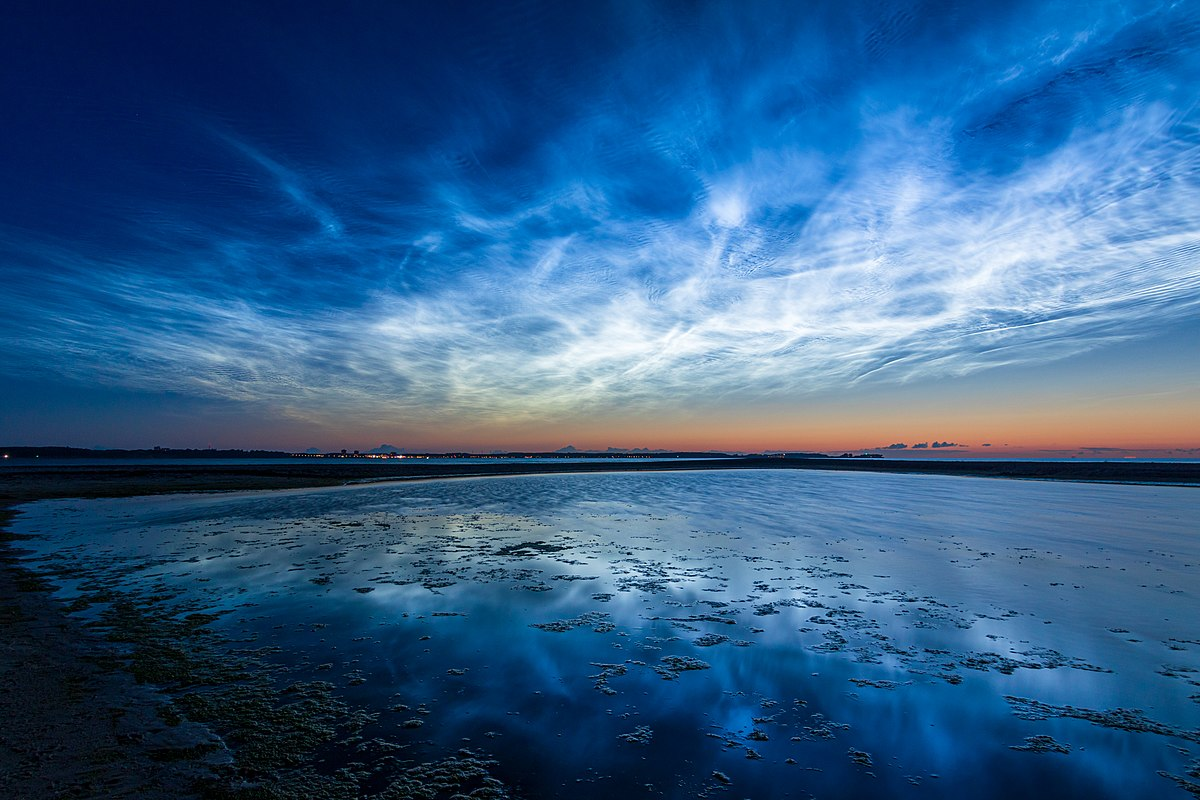
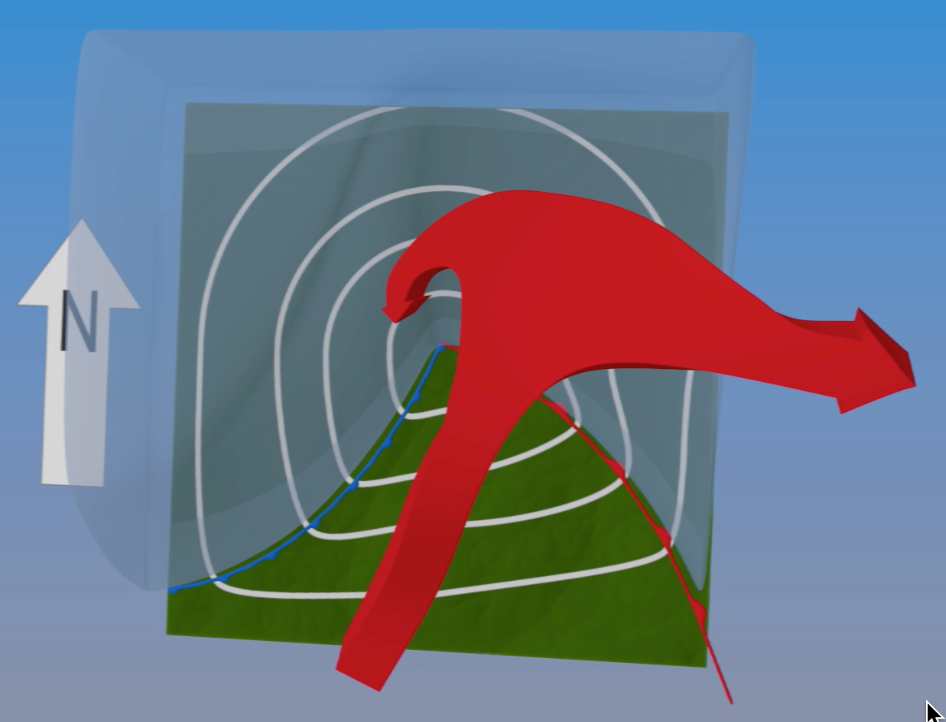
which airstream is this?
warm conveyor belt
what does parameterization account for?
unresolved processes
simplifies processes not fully understood
measurements we cant make
NOT poor-quality observations
what are tropical cyclones primarily fuelled by?
latent heat release
what is visible satellite imagery most useful for identifying
cloud cover, cloud types, storm systems and fronts – surface features in clear-sky conditions